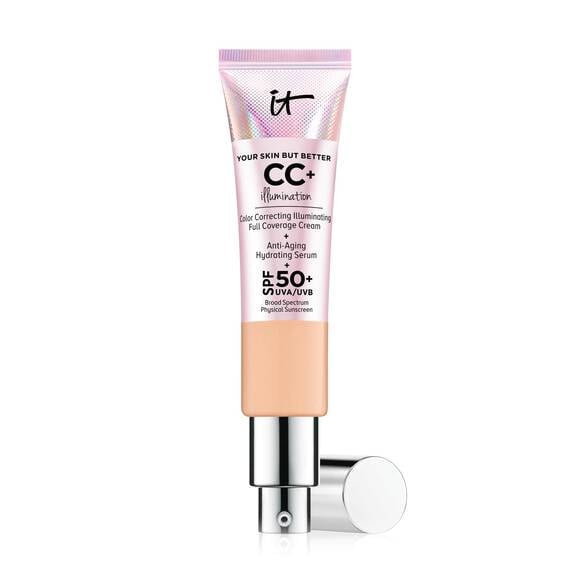I have always feared the worst. Even before Ma died, I was constantly aware that all that I cherish could be lost.
"What are you worried about?" Han asks me from time to time.
"I'm always worried," I reply.
Logically, this is no way to live. Will "foreboding joy" (Brené reference) mean that tragedy will be kept at bay? No, obviously.
Religiously, this is no way to live. Worry means a lack of bitachon. My worrying is not effective action. My job is to do the mitzvos, and place my energies into that, not fretting.
Additionally, why do I have anything I cherish in the first place? He gave it to me; it is up to Him whether it remains or not.
Additionally, why do I have anything I cherish in the first place? He gave it to me; it is up to Him whether it remains or not.
Physically, this is no way to live. Jacking up cortisol levels isn't good for health.
Joseph Lovett, 72, a filmmaker whose 2010 documentary, “Going Blind,” chronicles the slow worsening of his vision from glaucoma, told me that his best counsel was that “you cannot spend your life preparing for future losses.” It disrespects the blessings of the here and now. Besides, everyone lives in a state of uncertainty. Mine just has funky initials and fancy medical jargon attached to it.
The irony is that there is a million ways to die. Ma's death was caused by a freakishly rare illness that no one saw coming (my go-to fantasy was always a car crash. No particular reason. She was a good driver).
After her passing, I did experience gratitude that I had the best mother for a pretty good run. I think I was appreciative while she lived, too. I hope I was.
But I haven't stopped fretting. Now I have Han-related anxiety. "If you die, I'll kill you," I say, much to his amusement. Yet of course I know it's not in his control, nor mine.
I must breathe, learn to rewire my faulty programming, and simply . . . cherish. Without fear of loss.










